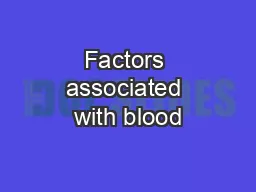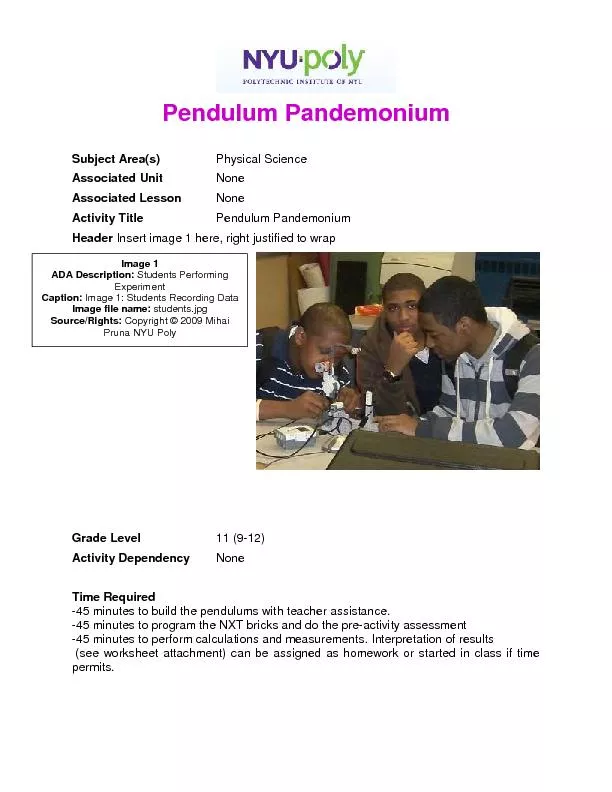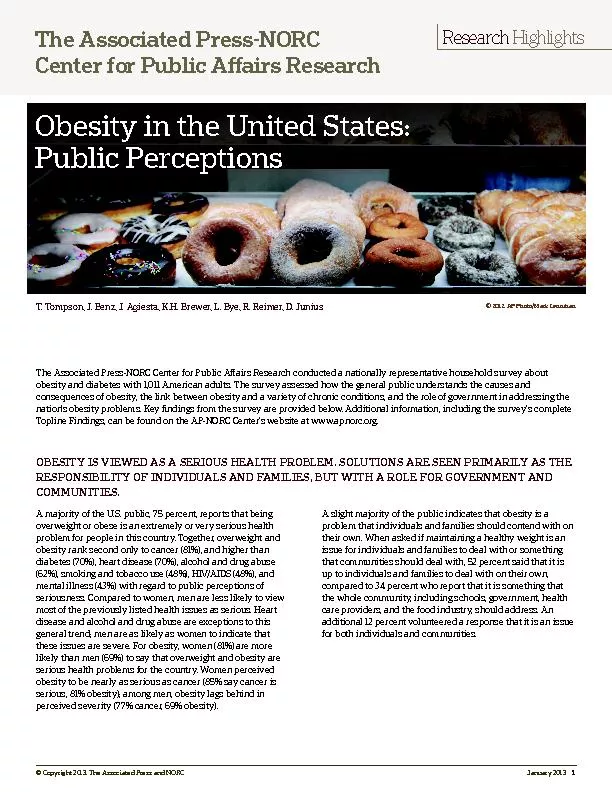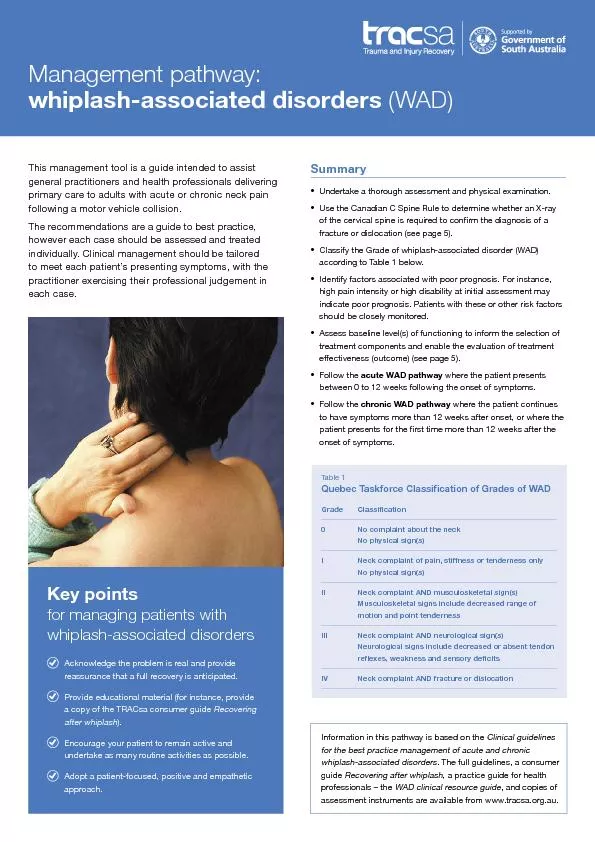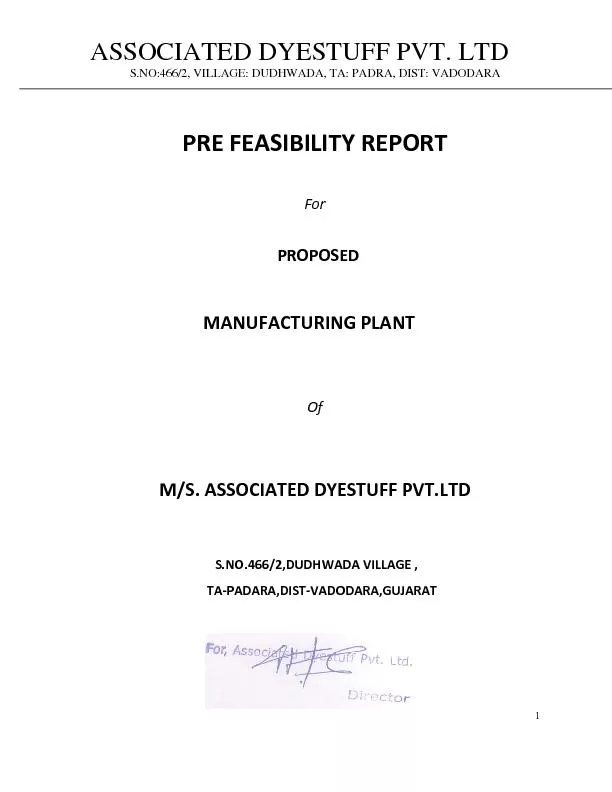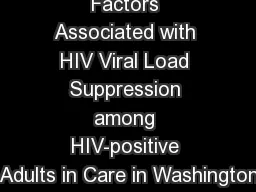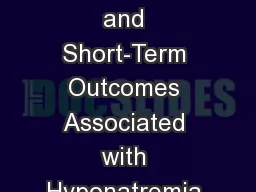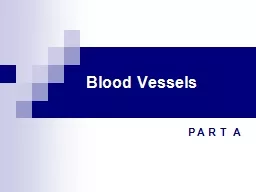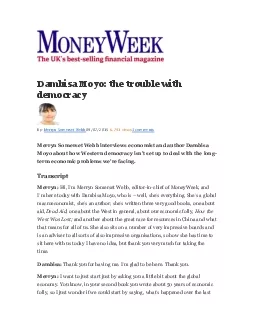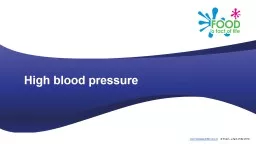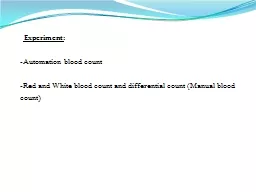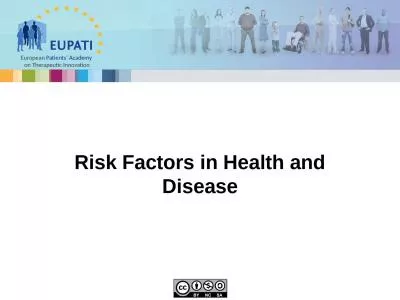PPT-Factors associated with blood
Author : luanne-stotts | Published Date : 2017-06-30
pressure control in hypertensive patients and glycemic control in type 2 diabetes in rural community in central Thailand 5 th Year Medical Students Phramongkutklao
Presentation Embed Code
Download Presentation
Download Presentation The PPT/PDF document "Factors associated with blood" is the property of its rightful owner. Permission is granted to download and print the materials on this website for personal, non-commercial use only, and to display it on your personal computer provided you do not modify the materials and that you retain all copyright notices contained in the materials. By downloading content from our website, you accept the terms of this agreement.
Factors associated with blood: Transcript
Download Rules Of Document
"Factors associated with blood"The content belongs to its owner. You may download and print it for personal use, without modification, and keep all copyright notices. By downloading, you agree to these terms.
Related Documents

